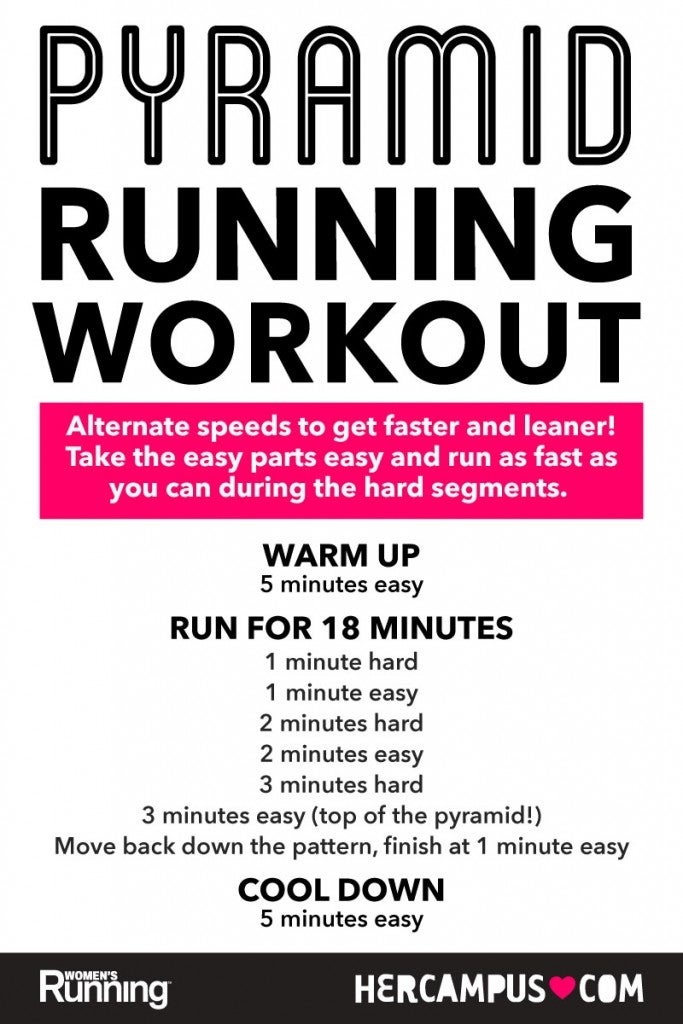Overcoming Discomfort in Operating: Approaches and Methods That Work
Pain is a common buddy for numerous joggers, commonly working as a barrier to achieving their preferred objectives. With the appropriate approaches and methods, it is possible to overcome and even avoid the discomfort linked with running. By exploring different techniques such as comprehending the various kinds of running pain, maximizing shoes and kind, including cross-training and stamina exercises, implementing reliable healing techniques, and preserving proper nourishment and hydration, runners can potentially alleviate their pain and improve their total running experience.
Recognizing Various Types of Running Pain

One more sort of running pain is joint pain, which can show up as a sharp or throbbing discomfort in areas such as the knees, hips, or ankles (running strategy). Joint discomfort may be brought on by aspects like improper running kind, overuse, or underlying conditions like joint inflammation (check over here). It is essential to set apart between muscle soreness and joint discomfort, as the latter might need clinical focus to stop more injury
Recognizing the different kinds of running pain is vital for reliable monitoring and avoidance approaches to ensure a risk-free and satisfying running experience.
Appropriate Footwear and Running Form
To maximize performance and reduce the threat of running-related injuries, selecting suitable footwear and maintaining proper running kind are crucial elements for runners of all degrees. It is suggested to pick running shoes that are specifically made for the individual's foot kind, running gait, and the type of running task they engage in.

Cross-Training and Toughness Exercises
Taking part in cross-training and integrating stamina workouts right into a running routine can dramatically enhance overall performance and reduce the possibility of injuries. Cross-training, such as biking or swimming, helps enhance cardio health and fitness while offering running muscle mass a break from recurring impact. It likewise helps reinforce different muscle teams, bring about better total body conditioning. Stamina workouts, like squats, lunges, and the original source core workouts, play a crucial duty in stabilizing muscles and boosting running efficiency. They can deal with muscular tissue inequalities, enhance agility, and enhance power output, all of which are necessary for running efficiency.
Integrating cross-training and toughness workouts right into a running regimen ought to be done tactically. It is necessary to permit sufficient rest between running sessions and cross-training activities to avoid overuse injuries. In addition, concentrating on proper form and technique during toughness workouts is crucial to optimizing their advantages and decreasing the danger of injury. By integrating these aspects into a running regimen, joggers can construct a stronger foundation, enhance efficiency, and take pleasure in an extra lasting running experience.
Healing and Rest Strategies
Having established the relevance of cross-training and stamina exercises in a thorough running routine, attention can currently be guided towards Healing and Rest Methods as indispensable components for optimizing efficiency and lowering the threat of injuries. (running workout)
Healing after running is important for muscle mass repair and development. Methods such as foam rolling, stretching, and massage therapy assistance in minimizing muscle pain and improving flexibility. Sufficient remainder in between runs enables the body to recover and adapt to the physical stress and anxiety, avoiding overuse injuries.
Incorporating active healing days right into a training routine, where low-intensity activities like strolling or cycling are performed, can boost blood flow and advertise healing without putting excess pressure on the muscle mass. Furthermore, appropriate hydration and nourishment play a vital role in the recovery process by restoring lost fluids and nutrients.
Quality rest is another vital element of recovery that must not be overlooked. During rest, the body goes through repair work and regrowth processes, contributing to total physical and mental wellness. By prioritizing recuperation and remainder strategies, runners can preserve ideal efficiency degrees and minimize the chance of experiencing pain or injuries.
Nourishment and Hydration for Runners
Carbs give energy for running, while proteins aid in muscle mass repair service and recovery. Ample hydration is also essential to preserve ideal efficiency, as even moderate dehydration can negatively affect running efficiency. Furthermore, timing meals and treats suitably before runs can aid stop intestinal pain and give the needed power for peak efficiency.
Verdict
In final thought, by recognizing the various sorts of running discomfort, using proper shoes, keeping appropriate running form, including cross-training and strength workouts, prioritizing healing and remainder, and focusing on nourishment and hydration, joggers can successfully get rid of discomfort and boost their performance. Executing these methods and methods can aid joggers protect against injuries, boost their endurance, and inevitably enjoy a much more fulfilling running experience.